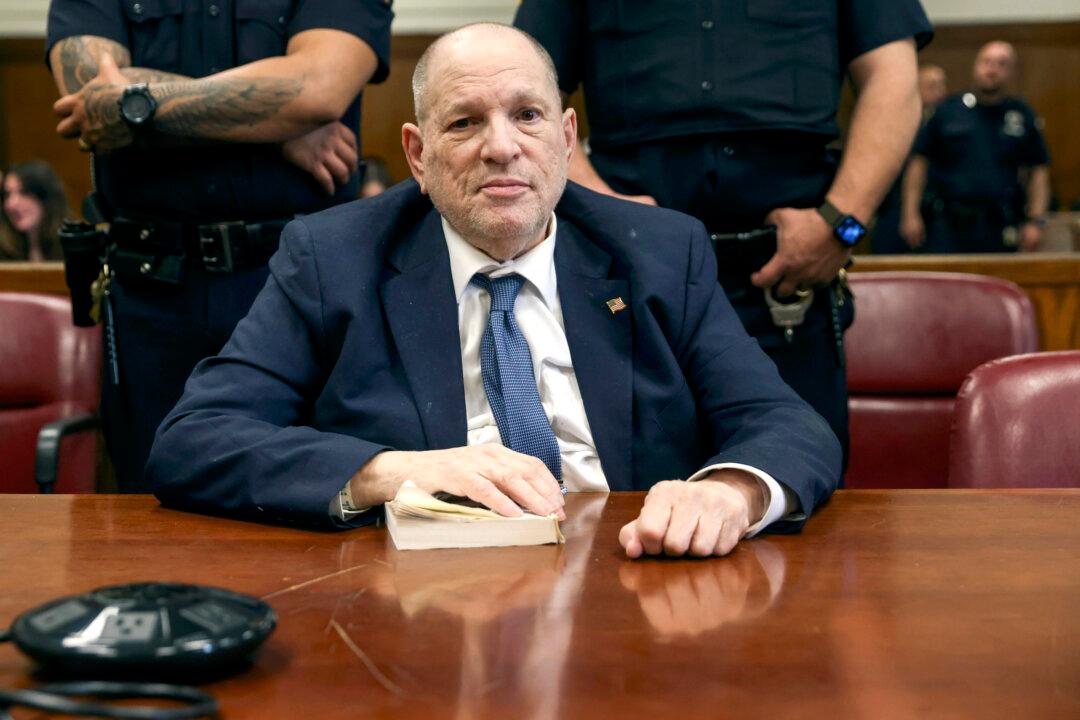LONDON—The dollar slumped to a six-week low against major peers on April 19, with Treasury yields near their lowest in five weeks, after the U.S. Federal Reserve reiterated its view that any spike in inflation was likely to be temporary.
The dollar was also held down by improved risk sentiment amid a rally in global stocks to record highs.
Bitcoin stabilized after losses from a day earlier, when it plunged as much as 14 percent to $51,541, which a report attributed to news of a power outage in China.
The dollar index, which tracks it against six other currencies, fell to 91.079, not far from last week’s low of 91.484, a level not seen since March 18.
The greenback’s weakness was pronounced across the board on April 19, with the currency hitting multi-week lows against major peers in the G-10 group of currencies: the Japanese yen, the Swiss franc, the Australian dollar, the New Zealand dollar, and the euro.
The 10-year Treasury yield sank as low as 1.5280 percent last week from 1.7760 percent at the end of last month, its highest in more than a year.
“Indeed, the USD rally is all-but-distant memory by now and the currency’s underperformance seems to reflect the apparent divergence in the outlook between the slumping UST yields and the rather perky bond yields elsewhere,” said Valentin Marinov, head of G10 FX research at Credit Agricole.
“This is almost the exact opposite of the moves we saw in March and, given that the U.S. fundamentals have improved sharply since March, the UST yield drop could reflect the negative impact of the huge cash injection from the unwinding of the TGA that started last month.”
The euro rose above $1.20 for the first time in over six weeks, touching a high of $1.2048 in London. The European Central Bank meets on April 22 amid internal divisions over the pace of bond buying, extended COVID-19 lockdowns, and potential delays to the EU recovery fund forming the backdrop.
Federal Reserve Gov. Christopher Waller said on CNBC on April 16 that the U.S. economy “is ready to rip” as vaccinations continue and activity picks up, but a rise in inflation is likely to be transitory, echoing comments from other Fed officials, including Chair Jerome Powell, over the past week.
“With liquidity still abundant, we are going to hear more about the FX carry trade—which thrives in a low volatility environment,” said Chris Turner, global head of markets and regional head of research for UK and CEE at ING.
“This especially being the case if the Fed manages to make the April 28 meeting a non-event. With the SOFR overnight USD interest rate now at 0.01 percent, the dollar clearly doesn’t score highly on the carry front. And indeed a little more confidence in the European and global recovery stories may well see flows start to resume to EM—having been derailed by the Treasury sell-off in February and March.”
MSCI’s emerging market currency index hit its highest level in a month, trading 0.2 percent higher on the day. The Chinese yuan, which forms about 30 percent of the index’s weight, strengthened to its highest since March 23, up 0.4 percent on the day to 6.5031 per dollar.
Bitcoin stabilized around $57,000 after plunging on April 18.
Data website CoinMarketCap cited a blackout in China’s Xinjiang region, which reportedly powers a lot of bitcoin mining, for the selloff.
Despite recent weakness, the world’s most popular cryptocurrency remains up 97 percent in 2021, after more than quadrupling last year.





